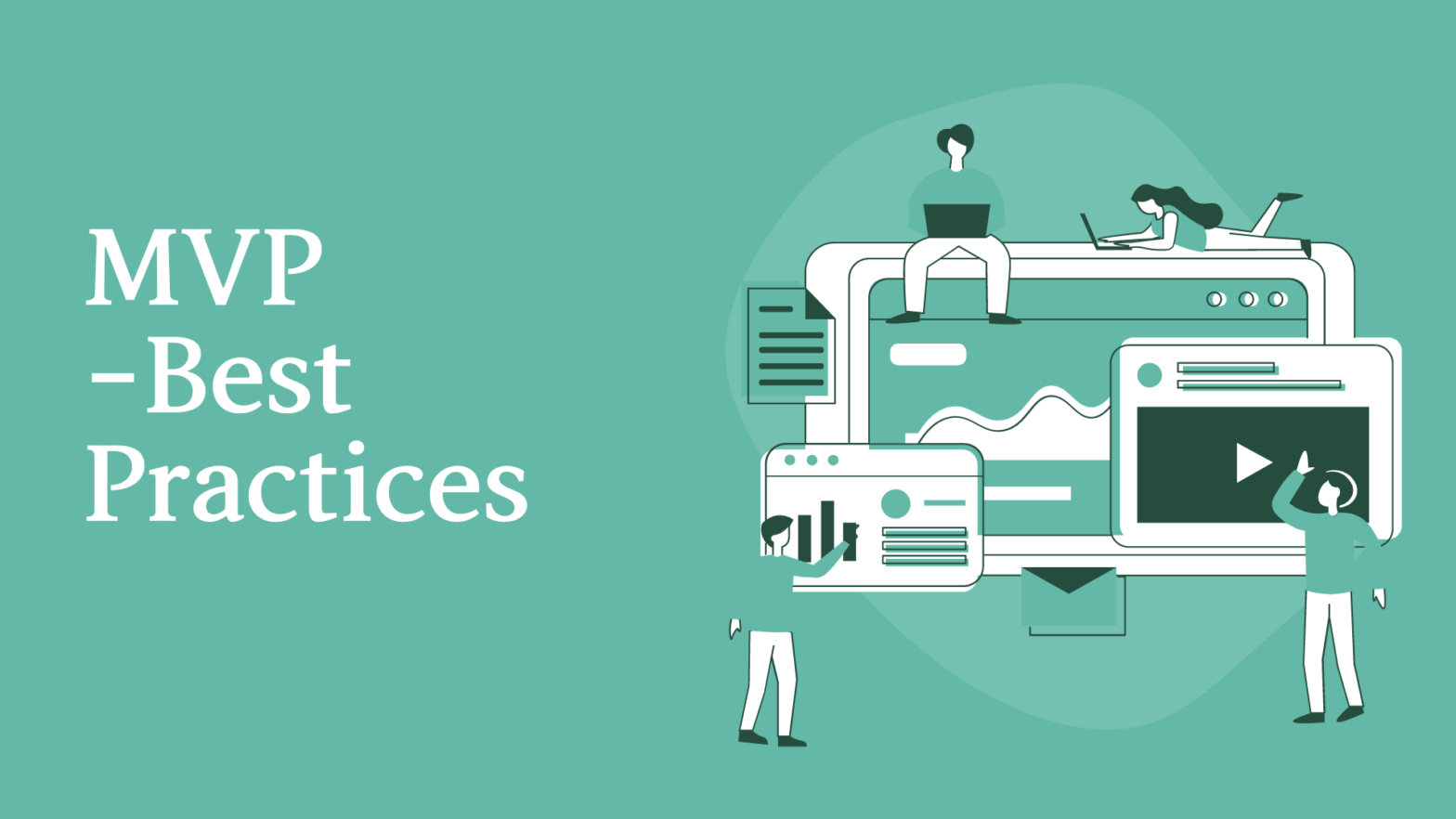
From Idea to Reality: Your Essential Guide for Building an MVP
At Assystant, we believe Minimum Viable Products (MVPs) are the cornerstone of successful product development. Building a product in a vacuum, without validating its purpose and target audience, is a recipe for wasted time and resources. This guide will equip you with the knowledge and steps needed to craft an MVP that sets your business on the path to success.
Why MVPs Matter:
Imagine Jeff Bezos launching Amazon in the 1990s as a full-fledged “everything store.” Without the internet’s ubiquity and widespread email adoption, such a venture would have likely failed. Instead, Bezos wisely started with a core value proposition: selling books online. This MVP addressed a clear need (easy access to a vast selection of books), was viable (relatively simple to implement), and allowed Amazon to gather crucial user feedback to inform future iterations.
The MVP approach offers several advantages:
- Faster Market Validation: Get your product in front of real users quickly to gauge interest and identify potential issues.
- Reduced Costs: Focus on core functionalities, minimizing development time and resource allocation.
- Actionable User Insights: Gather valuable feedback to refine your product and ensure market fit.
Building a Winning MVP:
Here’s a step-by-step approach to crafting a successful MVP, adhering to industry best practices:
-
Market Research: Don’t build in a bubble! Conduct surveys, analyze competitors, and identify a clear market need your product will address. Remember, CB Insights tells us the number one reason startups fail is a lack of market need. This crucial first step in the MVP development process ensures you’re building something people actually want.
-
Define Value Proposition: What problem does your product solve? How will it benefit users and compel them to choose it? Clearly articulate the value your MVP offers, even in its initial form. A well-defined value proposition is the heart of any successful MVP.
-
User Flow Mapping: Design a user-friendly experience. Imagine yourself as the user and map out each interaction point within the MVP. Prioritize a clear and concise user journey over extensive features. By mapping user flow, you ensure your MVP is intuitive and easy to navigate.
-
Prioritize Features: Not all features are created equal. Identify the core functionalities that deliver value and prioritize them for MVP development. Consider prototyping to test and refine feature priority. Prioritization is a key MVP best practice. Don’t overwhelm users with unnecessary features in the initial iteration.
-
Launch and Learn: With a market-tested MVP in hand, gather real-world user feedback through metrics and qualitative analysis. Use these insights to iterate and improve your product. This launch phase is not the end, but the beginning of the MVP journey. Use the learnings to continuously improve your product.
Common Mistakes to Avoid:
- Wrong Problem: Ensure your MVP addresses a genuine market need. Define your target audience, their problem, and how your solution fits.
- Skipping Prototyping: Prototypes bridge the gap between idea and product. Use them to gather early user feedback and validate your direction.
- Targeting Everyone: Not everyone is your ideal customer. Focus on gathering feedback from your target audience.
- Waterfall Development: Embrace agile development methodologies to ensure rapid product iteration and adaptation to user feedback.
- Ignoring Qualitative Feedback: Quantitative metrics are valuable, but qualitative feedback from users helps pinpoint specific UI/UX issues.
Assystant: Your MVP Partner
Building an MVP can be challenging, but Assystant is here to help. Our team of experts will guide you through every step, ensuring your MVP is market-ready and poised for success. This allows you to focus on what matters most: growing your business.
By following these MVP best practices and avoiding common pitfalls, you’ll be well on your way to building an MVP that validates your product idea and paves the way for a thriving business.
Contact us
Lorem ipsum dolor sit amet consectetur. Sed nulla habitant integer facilisi. Netus diam diam hac amet etiam. Vitae fringilla congue lorem enim. Odio turpis feugiat quis aenean pharetra neque pharetra blandit. Molestie senectus convallis risus curabitur amet ac erat molestie vitae.
EMAIL US
-
info@assystant.com
OFFICE
-
1234 Divi St. #1000,
San Francisco, CA 93152
CALL US
-
(234) 346 2351
EMERGENCY
-
(234) 346 2351




